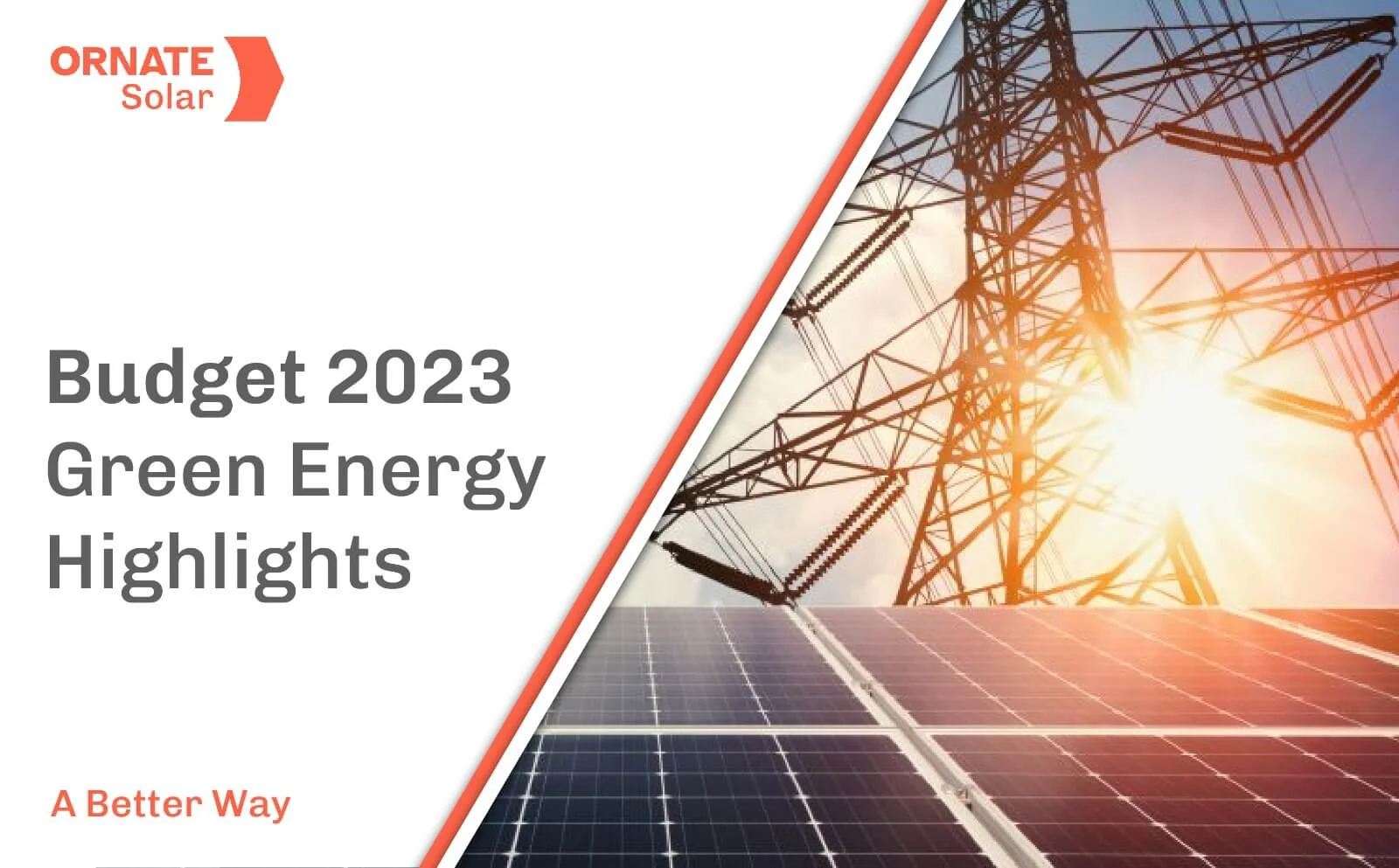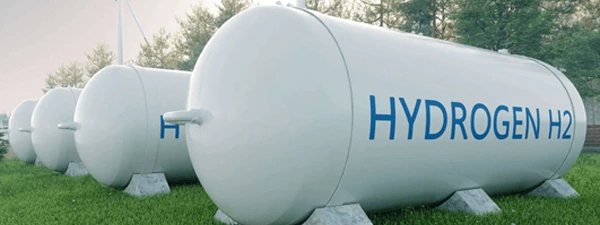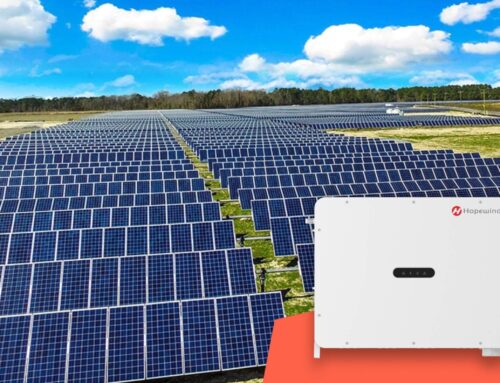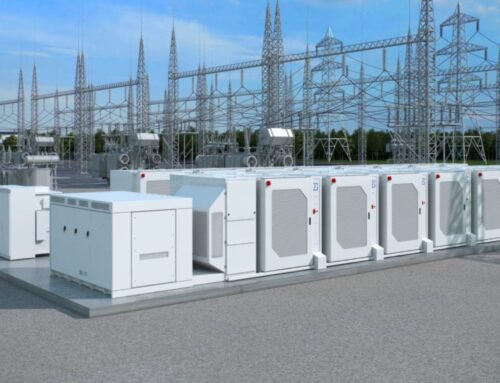

Union Finance Minister Nirmala Sitharaman presented the Indian Budget 2023 on Wednesday, 1ST February. In her speech, Ms. Sitharaman identified ‘green growth’ as one of the seven key priority areas which would steer the Indian economy through the next 25 years.
In a historic move, priority capital investments worth ₹35,000 crores were allocated to facilitate the nation’s green energy transition and meet its net-zero objectives. Moreover, multiple schemes and policies were announced to promote green energy in the country.
Here are the key highlights from what is being labelled as the ‘Green Budget’ of this financial year:
For 2023-24, the Budget allocates a sum of ₹10,222 crores to the Ministry of New and Renewable Energy. This is a 45% hike from the previous allocation of ₹7,033 crores.

For on-grid, off-grid, and PM KUSUM solar projects, the union ministry has earmarked a sum of 7,327 crores, a 48% increase from the previous allocation of ₹4,979 crores. The Breakdown is as follows:
• On-Grid solar projects: 4,970 cr.
• PM KUSUM Scheme: 1,996 cr.
• Off-Grid solar projects: 361 cr.
The expenditure document also states that under the Phase III of the off-grid PV programme, 3 lakhs of solar street lights, 25 lakhs of solar study lamps, and solar power packs with a total capacity of 100 MWp will be installed.
Under the Atal Jyoti Yojana (AJAY) Phase II, 3 lakhs of solar street lights and 20 MW of concentrated solar thermal power projects will get developed.
Additionally, a sum of ₹54 crores has been allocated to the National Institute of Solar Energy (NISE), an R&D organization for solar energy.

Recently, the Indian government launched the National Green Hydrogen Mission with an outlay of ₹19,700 crores. In the Budget 2023, the ministry has allocated ₹297 crores to the sector.
Ms. Sitharaman stated that this investment will “facilitate the transition of the economy to low-carbon intensity in the country, reduce import dependence on fossil fuels, and make the country assume technology and market leadership in this sunrise sector.”
Moreover, India has set a target of producing 5 million metric tonnes of green hydrogen annually by 2030.
The allocation for wind energy has gone down from ₹1,413 crores in the previous budget to ₹1,214 crores in the current financial year. However, investment in the National Institute of Wind Energy increased from ₹22 crores (2022-23) to ₹24.5 crores (2023-24)
5. Investments in Battery Storage system Encouraged
Union ministry has declared that Battery Energy Storage Systems (BESS) with a capacity of 4,000 MWp will be supported with a Viability Gap Funding, to encourage investment. VGFs provide capital support to Public-Private Partnerships (PPP) that are not considered financially viable.
Moreover, the budget has also waived custom duty on capital goods and machinery used to manufacture Lithium-ion batteries, which will bring down the prices of storage systems and electric vehicles. A detailed framework for pumped storage systems will be created as well.

In her speech, the finance minister announced India’s first mega renewable energy transmission line project from Ladakh to Haryana. This massive inter-state transmission line with evacuate 13 GWs of green energy and integrate it into the utility grid.
To facilitate the development of the project, the Budget has allocated a whopping sum of ₹20,700 crores, which includes central support of ₹8,300 crores.
To encourage sustainable practices, the finance minister launched the ‘Green Credit Programme’ under the Environmental Protection Act 1986. The programme will incentivize companies, individuals, and local bodies for their environmentally sustainable and responsible actions. By rewarding climate-conscious behavior, the Indian government aims to collectively reduce the carbon emissions of the nation.
The PM programme for Restoration, Awareness, Nourishment, and Amelioration of Mother Earth (PM-PRANAM), is to be launched in the country, which will reward states and union territories for the promotion of alternate fertilizers and balanced use of chemical fertilizers.
Further, 1 crore farmers will be encouraged to adopt natural farming (chemical/fertilizer free) in the next three years. “For this 10,000 Bio-input resource centres will be set up, creating a national level, distributed micro-fertilizers and pesticide manufacturing network” said the finance minister.
This year’s budget prioritizes green energy transition and is a testament to the nation’s movement towards a more sustainable future. It would be worthwhile to see the RE milestones India can achieve in the coming year.
Ornate Solar is one of the leading solar companies in India. We have partnered with the best-in-class global solar brands to provide you with a trustable, affordable, and reliable range of solar panels, solar inverter, and solar accessories.
We have also developed India’s first Integrated Solar Roof system. Ornate InRoof is a roof made out of solar panels, which is leak-proof and looks aesthetically pleasing.
If you are exploring solar solutions, reach out to us at 011 43536666 to discuss your options.












Leave A Comment